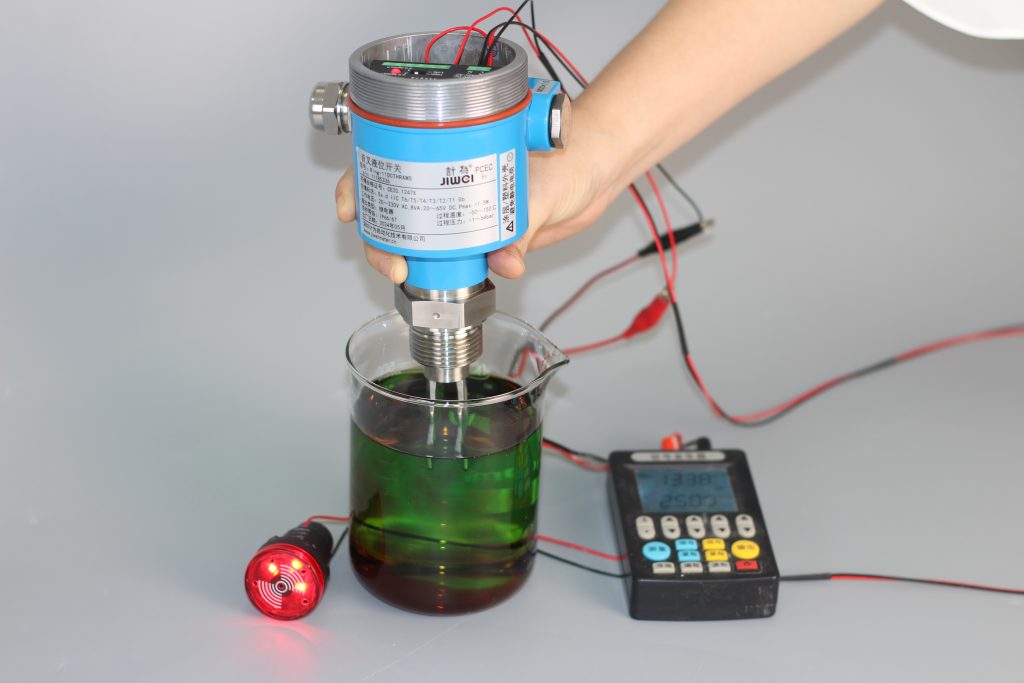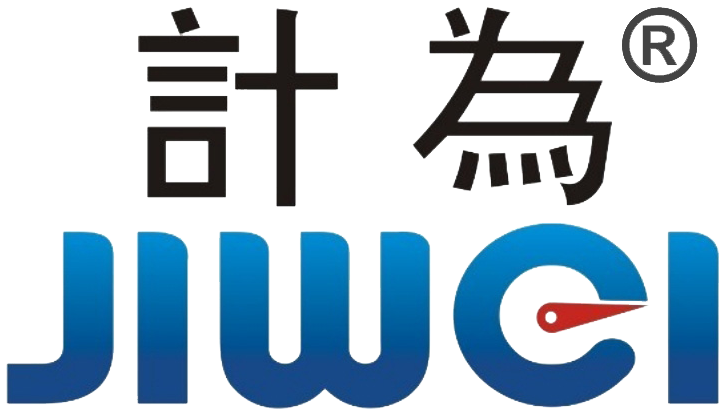Liquid Level Switch White Paper
In industrial automation control systems, the liquid level switch plays a vital role in ensuring the safe storage and transfer of materials. By detecting the level of liquids or bulk solids, it provides reliable switch signals to support overflow prevention, dry-run protection, dosing control, and level limiting. As industrial environments grow more complex and regulatory standards continue to rise, the selection of liquid level switches has become increasingly refined and standardized—especially in industries such as food and beverage, chemical, pharmaceutical, and energy. In these fields, stability, safety, and adaptability are more critical than ever.
Tuning Fork Level Switch(For liquids) — A Core Technology in Level Detection
The Role and Evolution of Liquid Level Switches
Traditionally, liquid level switches were primarily used to monitor basic liquid containers such as water tanks and oil reservoirs, mainly to detect high or low levels for alarms. However, this simple function is no longer sufficient in modern industrial applications. Today’s level switches must interface with PLCs, participate in interlock loops, and perform critical functions within Safety Instrumented Systems (SIS).
The technology behind level switches has also evolved significantly—from early float-based and reed switches to capacitive, conductive, and tuning fork liquid level switches, followed more recently by high-frequency vibrating switches. These technologies expand the range of applicable scenarios, including high-temperature, high-pressure, highly corrosive, or hygienic environments. In these demanding applications, a level switch must provide not only accurate detection but also long-term reliability and zero compromise in safety or hygiene.

Diverse Industry Needs in Level Control
Level switch applications vary widely across industries. In the food and beverage industry, frequent cleaning and strict hygiene requirements demand at least IP66-rated devices that can withstand CIP and SIP cleaning processes. Wetted parts must comply with 3-A Sanitary Standards. Tuning fork liquid level switches are particularly well-suited here due to their resistance to foam, buildup, and agitation, making them ideal for use in dairy, beverage, and sauce production lines.
In the chemical industry, corrosion resistance and explosion-proof capability are essential. Most chemicals involve strong acids or alkalis, requiring wetted materials like Hastelloy or PTFE. In addition, level switches must be intrinsically safe or flameproof (Ex ia or Ex d) to meet hazardous area standards. SIL certification is also critical—any failure in level detection could lead to leakage, fire, or explosion.
In energy, water treatment, and environmental applications, long-term stability and cost-effectiveness are top concerns. Level switches in these sectors must resist scaling and signal drift in tanks such as wastewater basins, cooling towers, or oil-water separators.
Technical Comparison of Level Switch Types
Common types of level switches include:
- Float Level Switches: Based on buoyancy. Simple and low cost, suitable for clean water and oil. However, they are easily affected by sticking, coating, or high-viscosity fluids.
- Tuning Fork Level Switches (for liquids): Detect changes in resonance frequency of the fork in different media. Immune to foam, agitation, steam, and pressure variation. Ideal for hygienic applications and challenging industrial conditions.
- Capacitive Level Switches: Suitable for conductive or dielectric liquids. Fast response but sensitive to buildup and changes in dielectric constant.
- Conductive Level Switches: Cost-effective and ideal for conductive fluids. Performance may degrade in low-conductivity or oily media.
- Hydrostatic Level Switches: Measure liquid column pressure. Useful for static fluids but not suitable for volatile or turbulent media.
Among these, tuning fork level switches are increasingly favored for their versatility, minimal maintenance, and strong anti-interference capabilities. However, float and conductive switches may still offer a price-performance advantage in basic environments.
Functional Safety and the Importance of SIL Certification

and IEC 61511
As functional safety becomes more critical across industries, many companies now regard SIL (Safety Integrity Level) certification as a baseline requirement for selecting liquid level switches. SIL ratings measure the reliability of instruments in safety-critical applications. SIL2 or higher switches can significantly reduce the probability of undetected faults, especially in high-risk scenarios involving people, property, or the environment.
For example, in overfill protection of storage tanks, failure to detect high levels could result in product overflow, equipment damage, or even personnel injury. SIL-certified liquid level switches create reliable safety layers that allow process systems to automatically intervene and mitigate hazards.
Explosion-Proof Design and Harsh Environment Adaptability
In facilities handling flammable media like ethanol, gasoline, hydrogen, or ammonia, liquid level switches must comply with national and international explosion-proof standards, such as Ex ia (intrinsically safe) or Ex d (flameproof). Tuning fork liquid level switches are often designed as intrinsically safe, enabling installation in Zone 0 hazardous areas. For more stringent requirements—such as in chemical reactors or oil storage tanks—look for certification from authorities like IECEx or PCEC.
Beyond explosion protection, liquid level switches must also withstand vibration, pressure spikes, dust, and condensation. In viscous fluids such as syrups, dairy products, or sauces, self-cleaning probes and anti-buildup designs are essential for preventing measurement errors.

Conclusion: Strategic Thinking in Level Switch Selection
Although a level switch may seem like a small component, it plays a decisive role in the safety and reliability of an automation system. Smart selection requires a systematic understanding of the medium, process conditions, hygiene and safety standards, output requirements, and failure risk.
In high-risk industries like food, chemical, and pharmaceutical, it is advisable to choose level switches with verified SIL certification, explosion-proof ratings, IP66 or higher protection, and food-grade wetted materials.
Looking ahead, level switches will continue to evolve toward digitalization and intelligent diagnostics, offering features like Bluetooth commissioning, remote fault monitoring, and automatic self-calibration. In this ever-advancing landscape, choosing a reliable level switch is the first line of defense in mastering your material control process.

